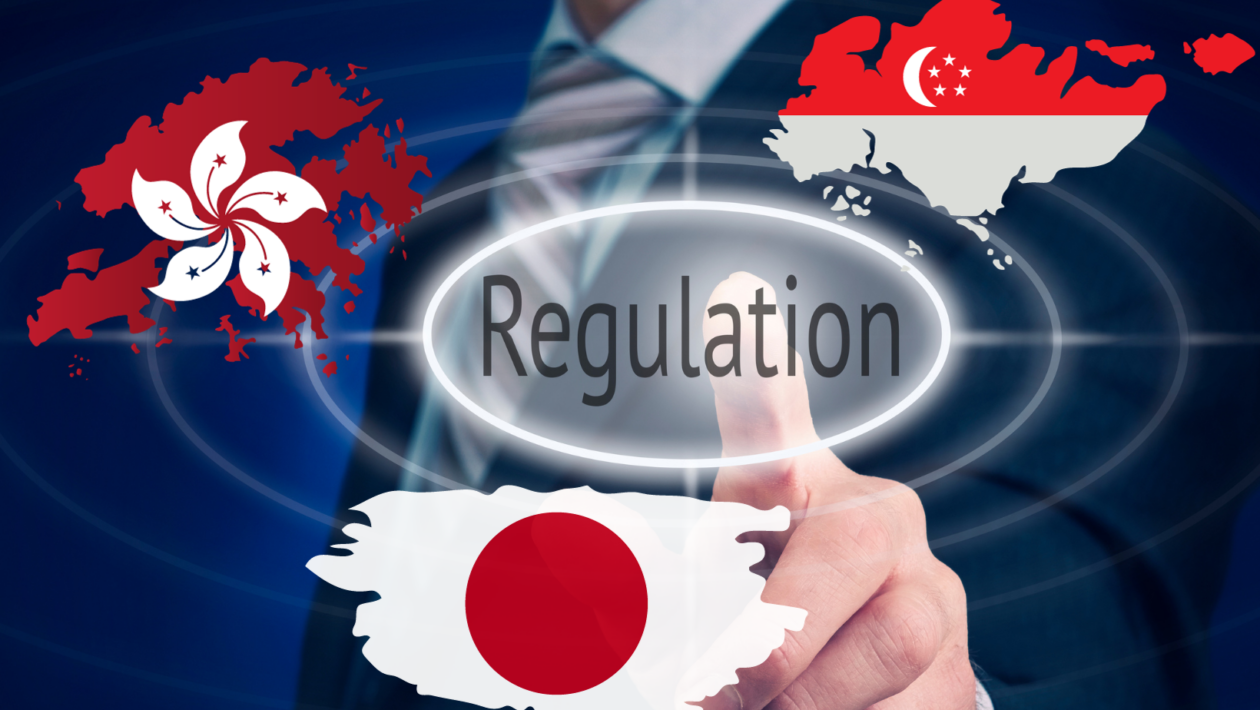“We recognise the potential of DLT and Web 3.0 to become the future of finance and commerce, and under proper regulation they are expected to enhance efficiency and transparency” — so said Mr. Christopher Hui, Hong Kong’s Secretary for Financial Services and the Treasury in October 2022, to announce the territory’s policy statement on the development of virtual assets. Following a path of strategic breadcrumbs through the years leads us right to where Hong Kong finds itself today: well along in its audacious mission to become the epicenter of crypto and Web3 innovation.
I’m sure Mr. Hui could never have anticipated the true weight of those words and the level of innovation that would take place in the past year. Hong Kong now supports retail investors trading on licensed crypto exchanges, there are discussions around a regulatory structure for stablecoins, and a dedicated Web3 development task force is up and running. Most importantly, perhaps, founders and developers have clarity on where they can and should focus their efforts.
Sensible regulation is now playing its rightful role as a driver of innovation while authorities are cracking down on those operating outside the rules. JPEX, which Hong Kong police allege defrauded investors of HK$1.5 billion, or about US$192 million (at the time of writing), stands as a perfect, timely example. Several arrests and vast seizures clearly show Hong Kong’s strong response.
Asia’s role in blockchain development
Historically, Asia has long played a leading role in the development of blockchain technology and the digital assets sector as a confluence of factors — including densely populated cities and an increasingly tech-savvy population — spurred demand for more efficient ways to complete financial transactions. Indeed, Asia quickly became a testing ground for financial institutions seeking to test innovations such as blockchain-based letters of credit for commodity shipments. However, blanket approaches to regulation slowed this progress to the point where a large gap in the market presented itself. The West was only too ready to fill this gap, leading to the rise of Western crypto players who, for many outside the blockchain sector, have become synonymous with the industry as a whole.
The tide ebbs and flows, as do the forces within the industry. Recent regulatory developments in Western countries, in particular the United States, have sparked a migration of attention, again turning Asia into an attractive investment hub for crypto.
A new dawn in Asia
Building on its rich financial heritage, Hong Kong is seizing the opportunity. Though late to Web3, Hong Kong is now rapidly catching up and cementing itself as a crypto hub in its own right, attracting investment and employment as it recovers from the impact of Covid-19. In a proactive stance, the Hong Kong government has embarked on an extensive drive for industry development, not only addressing policy considerations but also enacting suitable legislative measures, underscoring a deep commitment to nurture a thriving landscape in which Web3 and crypto enterprises can flourish within a well-defined regulatory framework.
The dominant narrative emanating from the West would lead one to believe that regulating the “Wild West” of crypto is an insurmountable endeavor. Hong Kong regulators, and indeed regulators across Asia, are proving otherwise.
The numbers bolster the narrative. Many projects have launched their operations in the city, attracted by regulatory clarity and other factors such as a highly educated and skilled workforce. Hong Kong’s Cyberport, for example, which is managed by the Government and financially supports Web3 companies through its Financial Budget, has already attracted over 190 Web3 firms.
Hong Kong’s regulatory drive
The digital assets industry is forecast to generate almost US$15 billion annually by 2027 in Asia alone. Recognizing the industry’s vast potential, Hong Kong launched its virtual asset trading platform (VATP) licensing framework this June, outlining clear regulations for exchange operations under the oversight of the Securities and Futures Commission (SFC). As the industry feels the reverberations from its collapse in late 2021, these critical protections are pertinent to ensuring a thriving industry where investors can operate safely.
The VATP builds on Hong Kong’s progressive developments. Many countries in the West are still just discussing exchange-traded funds today. In contrast, Hong Kong launched its first ETFs for crypto futures in 2022. Further, the Hong Kong Monetary Authority (again underpinning the inherent relationship between government-level institutions and the crypto industry) aims to introduce a regulatory framework for stablecoins by the end of 2024, while the West has yet to show itself ready to address the topic (for example, we have yet to see a digital euro timeline). The West is preoccupied with trying to define crypto as a security. Hong Kong, alongside its Asian counterparts, has instead moved forward and shown that progressive and — more importantly — effective regulation is possible.
Crypto rising in Singapore and Japan
While the media spotlight has mainly focused on Hong Kong in recent months, Singapore and Japan are also showcasing to the world how crypto can operate securely under regulatory oversight. Since 2016, Japan’s government has recognized Bitcoin and other cryptocurrencies as types of money. The crypto industry is regulated by the Financial Services Agency, and the Payment Services Act (which provides a regulatory framework for payment services) regards crypto assets as legitimate payment methods.
Singapore, once a prime destination for crypto projects, encountered setbacks with incidents such as the downfall of Three Arrows Capital. However, recent developments point to a renewed encouragement by the Singaporean government to foster a strong crypto industry.
For example, in August Singapore released a revised regulatory framework aimed at ensuring stability for single-currency stablecoins. Under the Monetary Authority of Singapore (the central bank and financial regulatory authority for the city-state), the framework aims to establish stablecoin use as a “credible digital medium of exchange” for stablecoins pegged to the value of the Singapore dollar or G10 currencies. It also requires stablecoins to maintain a minimum base capital and liquid assets to reduce the risk of insolvency and to enable orderly wind-down of business if necessary. This regulation is clearly on the side of consumers; stablecoin issuers must return par value to holders within five business days of a redemption request.
East vs. West
In stark contrast with the strides being taken by Asian regulators, looking to the West, the U.K. stands largely alone with its Financial Services and Markets Act, which includes some measures to bring crypto and stablecoins into the scope of regulation. While it is no doubt a step in a positive direction, it lacks the depth and standalone focus required for such a revolutionary industry.
The European Union, too, recently adopted a framework in the form of MiCA, which introduces rules for issuers of utility tokens and stablecoins and covers service providers including trading venues and wallets that hold crypto assets. It is laudable that the framework introduces a harmonized regulatory framework in Europe. However, while the framework came into force this June, provisions will only start coming into effect in 2024.
Technology develops at pace, and crypto is no exception. Regulation must, to the best of regulators’ abilities, run alongside it. Asia is showing how it can be done, facilitating the crypto revolution under clear regulatory frameworks.
Indeed, regulatory requirements invariably emerge in parallel with the maturation and prominence of the crypto industry, underscoring an understanding of its importance. Beyond mere acknowledgment, regulation propels sustained expansion and heightened resilience for the industry.
The case is clear: Asia has lifted the shutters and is ready to do business.





